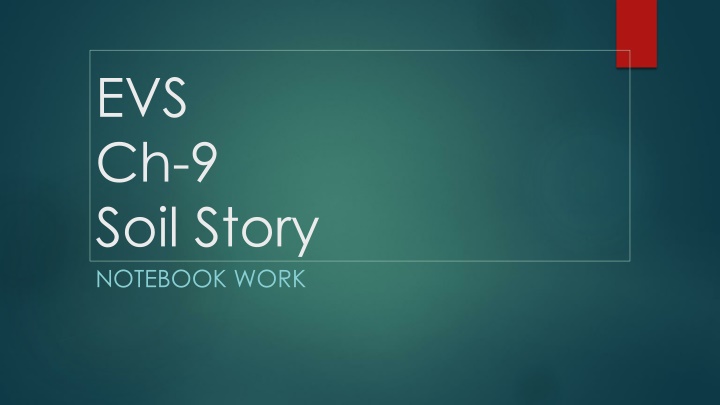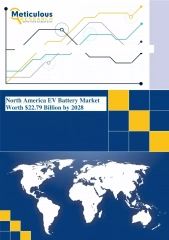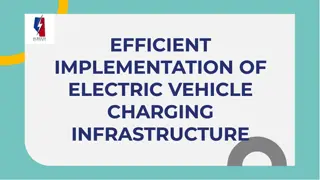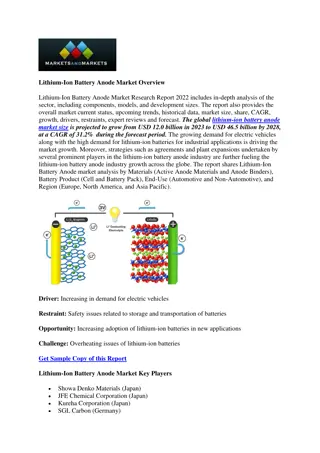
Exploring the Components and Types of Soil
"Discover the components of soil like pebbles, sand, clay, and humus. Learn about different types of soil including sandy, clayey, and loamy soil. Understand the importance of soil for plant growth, construction, and water storage."
Download Presentation

Please find below an Image/Link to download the presentation.
The content on the website is provided AS IS for your information and personal use only. It may not be sold, licensed, or shared on other websites without obtaining consent from the author. If you encounter any issues during the download, it is possible that the publisher has removed the file from their server.
You are allowed to download the files provided on this website for personal or commercial use, subject to the condition that they are used lawfully. All files are the property of their respective owners.
The content on the website is provided AS IS for your information and personal use only. It may not be sold, licensed, or shared on other websites without obtaining consent from the author.
E N D
Presentation Transcript
EVS Ch-9 Soil Story NOTEBOOK WORK
Short Question Answer Q1. Name some components of soil. Ans. Pebbles, sand, clay, water and humus are some of the components of soil. Q2. Name 3 different types of soil. Ans. Sandy soil Clayey soil Loamy soil Q3. What is humus? Ans. Humus is a component of soil formed by the decomposition of leaves, decayed plants and animal matter. Q4. Which type of soil is preferred by farmers? Ans. Loamy soil is preferred by farmers because it is fertile and good for plants. Q5. Name the type of soil used by potters. Ans. Potters use clayey soil because it can hold water with ease.
Answer the following questions. Q1. What is soil? Ans. The topmost layer of earth s crust is known as soil. Soil is made up of minerals, clay, sand, pebbles, small stones, water, air and the remains of dead and decaying plants and animals. Q2. How is soil useful to us? Ans. Soil is useful in many ways- a. We grow different types of plants in different soils. b. Soil is also used in construction of houses. c. Soil also helps in storing water under the ground. Q3. How does humus help plants grow? Ans. Humus acts as manure to the soil and makes the soil fertile which is required for growth of plants.
Q4. Write short note on sandy soil? Ans. Sandy soil does not contain much moisture and is very dry. It is found mainly in deserts and on seashores. It is used for making cement and glass. Q5. What is the difference between clayey soil and loamy soil? Ans. a. Clayey soil has very fine particles and can hold water with ease. Whereas loamy soil is a mixture of clay and lot of humus. b. Clayey soil is used for making bricks, tiles and earthen pots while loamy soil is useful for agriculture.
Give reasons Q1. When soil is added to a glass of water, humus floats on top. Ans. The topmost layer of the water contains humus. It is very light and floats on surface. Q2. Soil is home of many animals and insects. Ans. Animals and insects dig burrows and holes to live in soil. Plants and trees grown in the soil provide food to many animals.
Fill in the blanks. 1. Soil is also used for building houses. 2. Soil helps us store water under the ground. 3. Loamy soil is used for growing fruits and vegetables. 4. Soil is home to many animals. 5. The study of soil is known as pedology. 6. The outer layer of earth's surface is known as crust.












![Long-Range Wireless Charging Market Report & Analysis _ BIS Research [2024-2035]](/thumb/87166/long-range-wireless-charging-market-report-analysis-bis-research-2024-2035.jpg)









